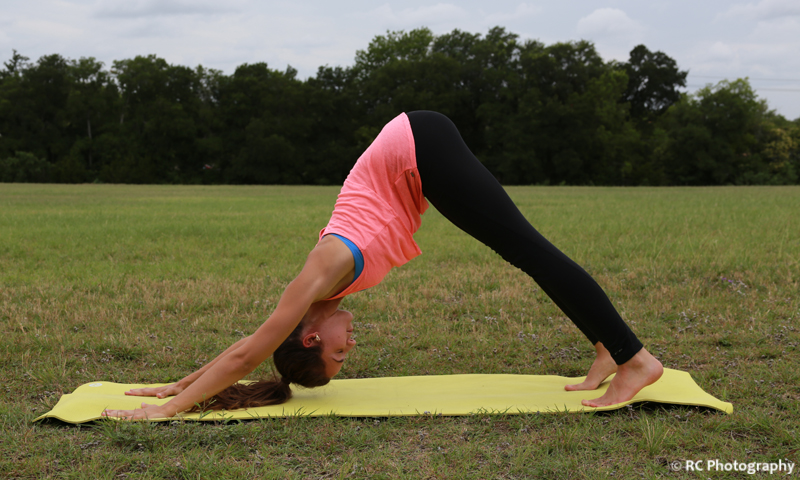Many of us know that yoga can be very restorative. It can help strengthen our muscles, increase flexibility, teach us to focus on breathing, stretch out tight areas, and relieve both physical and mental stress. I’ve seen a few articles that claim to outline some of the best yoga poses for climbers, but most of them are not all that specific to climbing. So, when I met Lydia Jarjoura, a dedicated yogi and lover of the outdoors, I asked her to create her own list of climbing-specific yoga poses, and outlined below is her yoga for climbing masterpiece. Photos of Lydia were taken by Richard Casteel and are subject to copyright laws. Thanks RC!
Top 7 Yoga Poses for Climbers
There are thousands upon thousands of different yoga postures. Each “asana” (posture) has a purpose; learning what types of poses are good for your body can fundamentally change your yoga practice (or help you start one)!
Like pulling on a rope, your body holds on to certain muscles more than others. Most of these areas of tightness are in the areas that climbers use the most; wrists, forearms, shoulders, hips and legs. Yoga can help release this muscle tension and act as a great complement to climbing.
[tribulant_slideshow gallery_id=”1″]Written by Lydia Jarjoura


This is great, I find all of the advice given very helpful. These techniques definitely make me feel better, not during or even after, but the next day I feel so relaxed and loose. One thing missing here is the amount of time that should be spent in each position and how much pain is too much pain, as you know most of these positions can be painful, but a good pain, not structurally or muscle damaging.